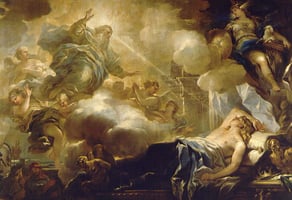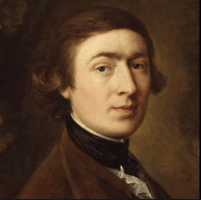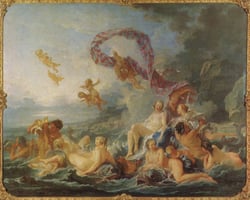Luca Giordano is an Italian Baroque painter known for his dynamic compositions and vibrant use of...
The Art of Mannerism: Exploring the Bold and Eccentric Style of the 16th Century
The Mannerism Art Period was one of the most controversial and influential artistic movements of the Renaissance. Emerging in the early 16th century, Mannerism was an artistic style characterized by an exaggerated emphasis on aesthetic elements, an emphasis on the individual artist’s creative expression and an overall disregard for the traditional rules of art.
The term Mannerism was first used by Italian writer and art historian Giorgio Vasari in 1550 to describe the style of artist Jacopo da Pontormo. The term is derived from the Italian maniera, which translates to “style” or “manner”. The term was later adopted by scholars to describe the art of this period.
Mannerism was a reaction to the traditionalism of the High Renaissance, which emphasized artistic ideals of beauty, harmony and balance. Mannerist artists sought to challenge these conventions by introducing exaggerated and sometimes distorted elements into their work. They often used dynamic poses, intense details, and bright colors to emphasize facial expressions and create a sense of tension.
Mannerism was particularly popular in Italy, and the movement’s leading artists included Pontormo, Andrea del Sarto, and Parmigianino. In addition, Mannerism had a strong influence on Northern Europe and can be seen in the work of artists such as El Greco and Peter Paul Rubens.
Mannerism is often seen as a transitional period in the history of art, and it is often regarded as a bridge between the High Renaissance and the Baroque. Despite its controversial nature, Mannerism had a significant influence on the development of Western art. It encouraged artists to break free from traditional conventions and explore new ways of expressing their own creative vision.




